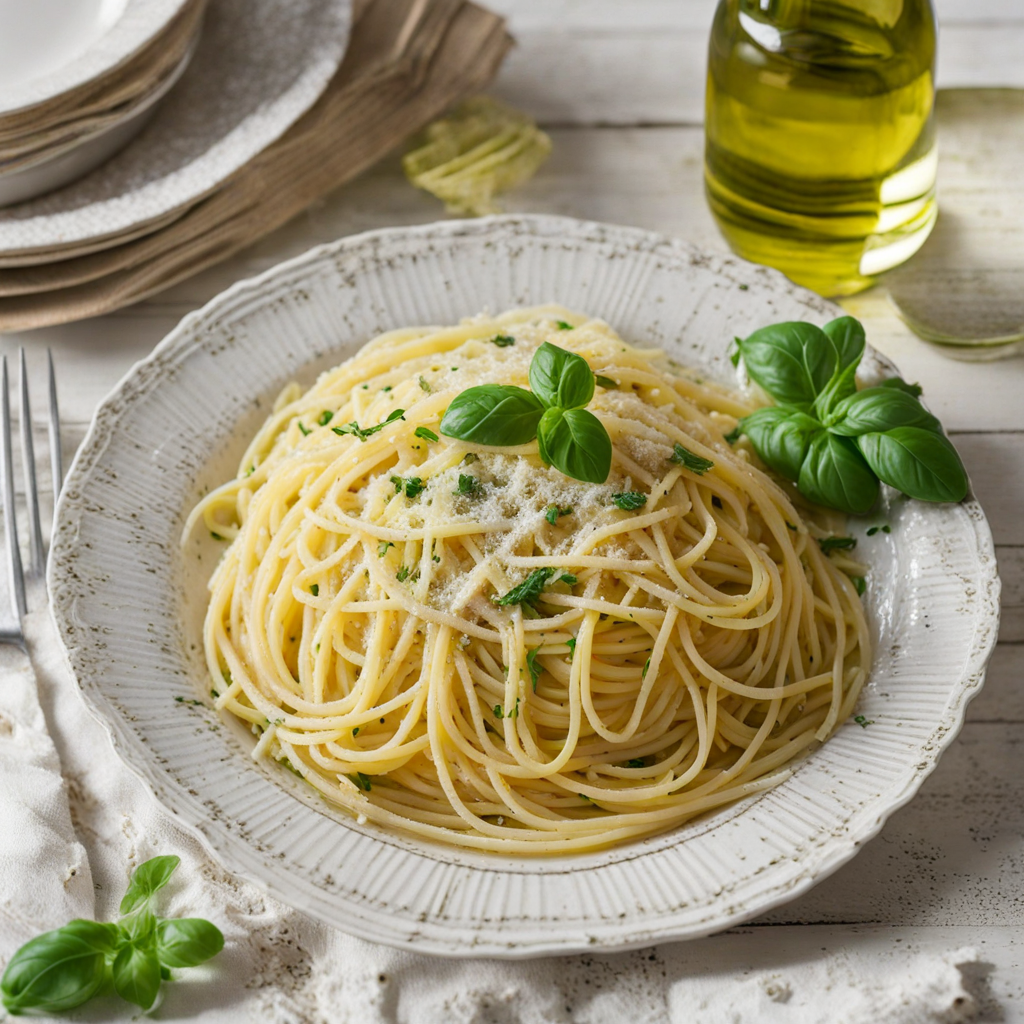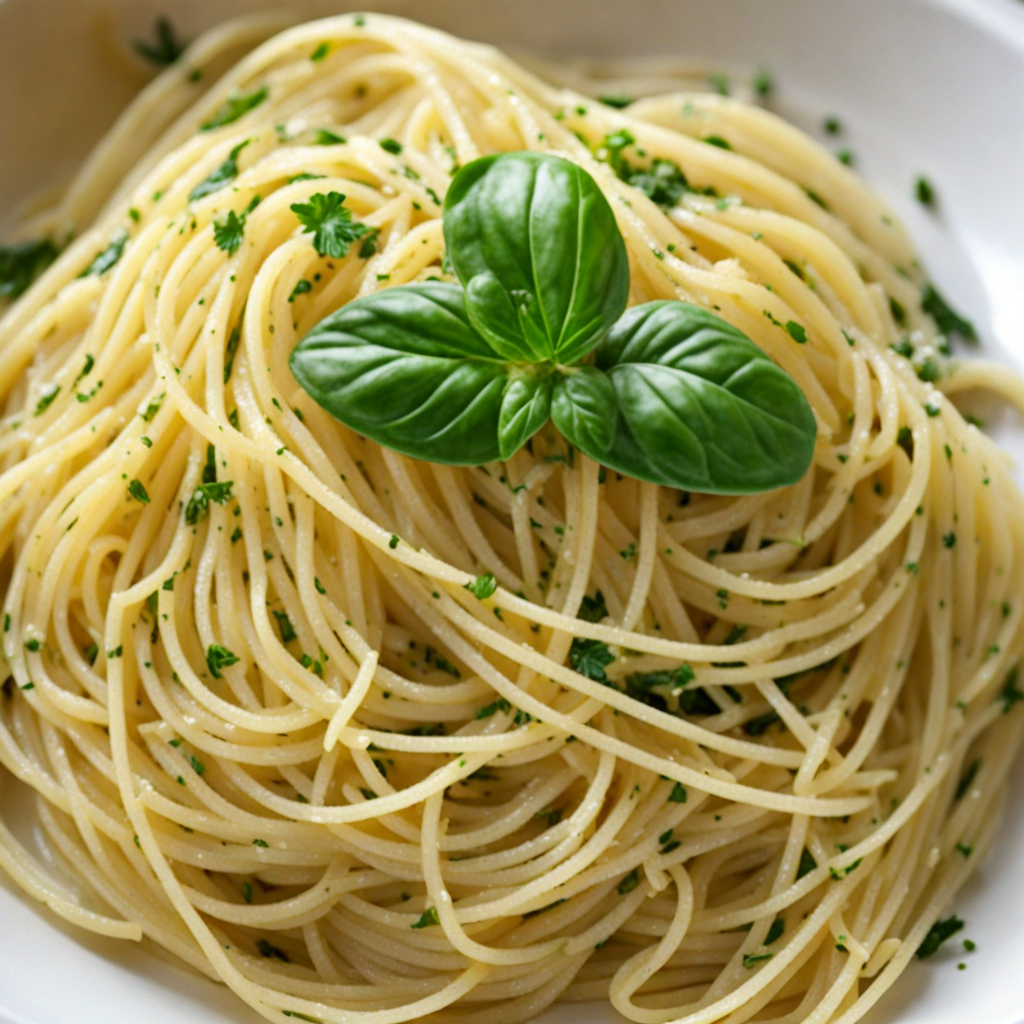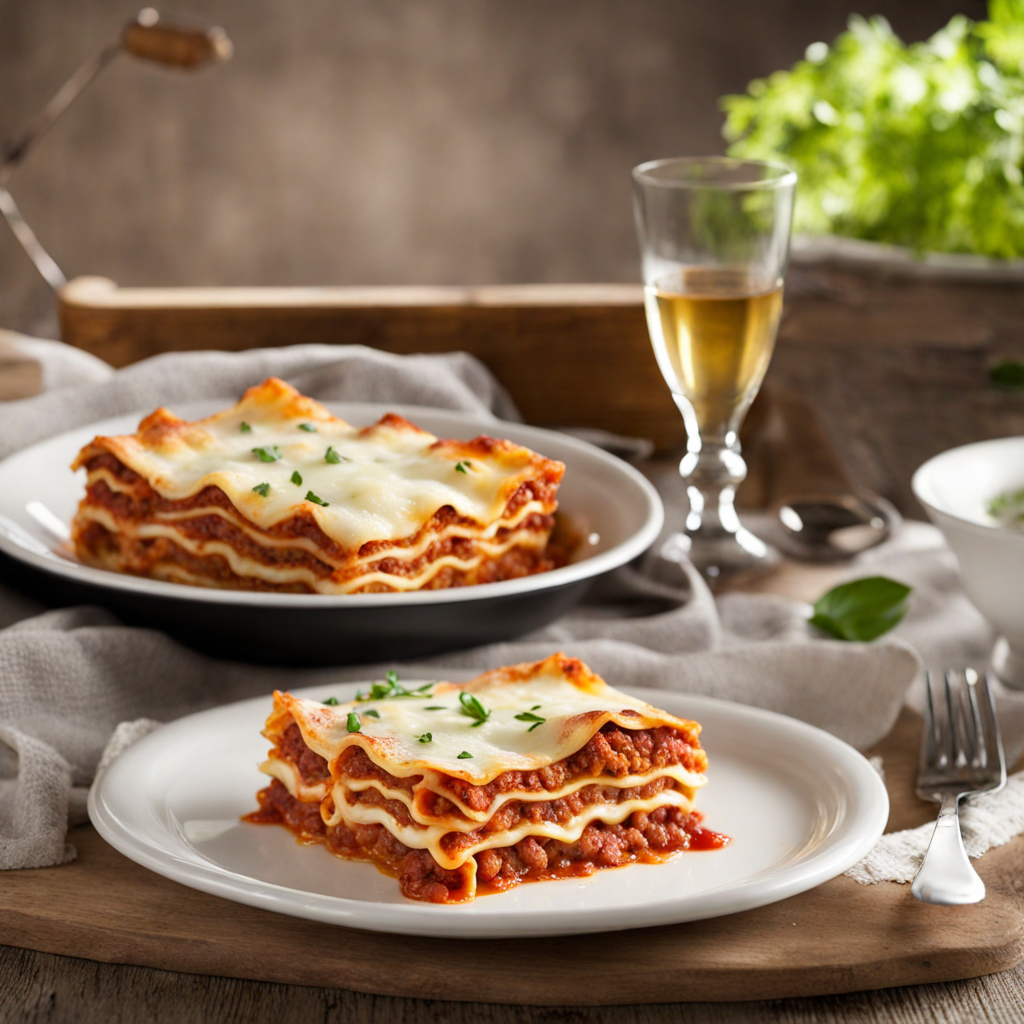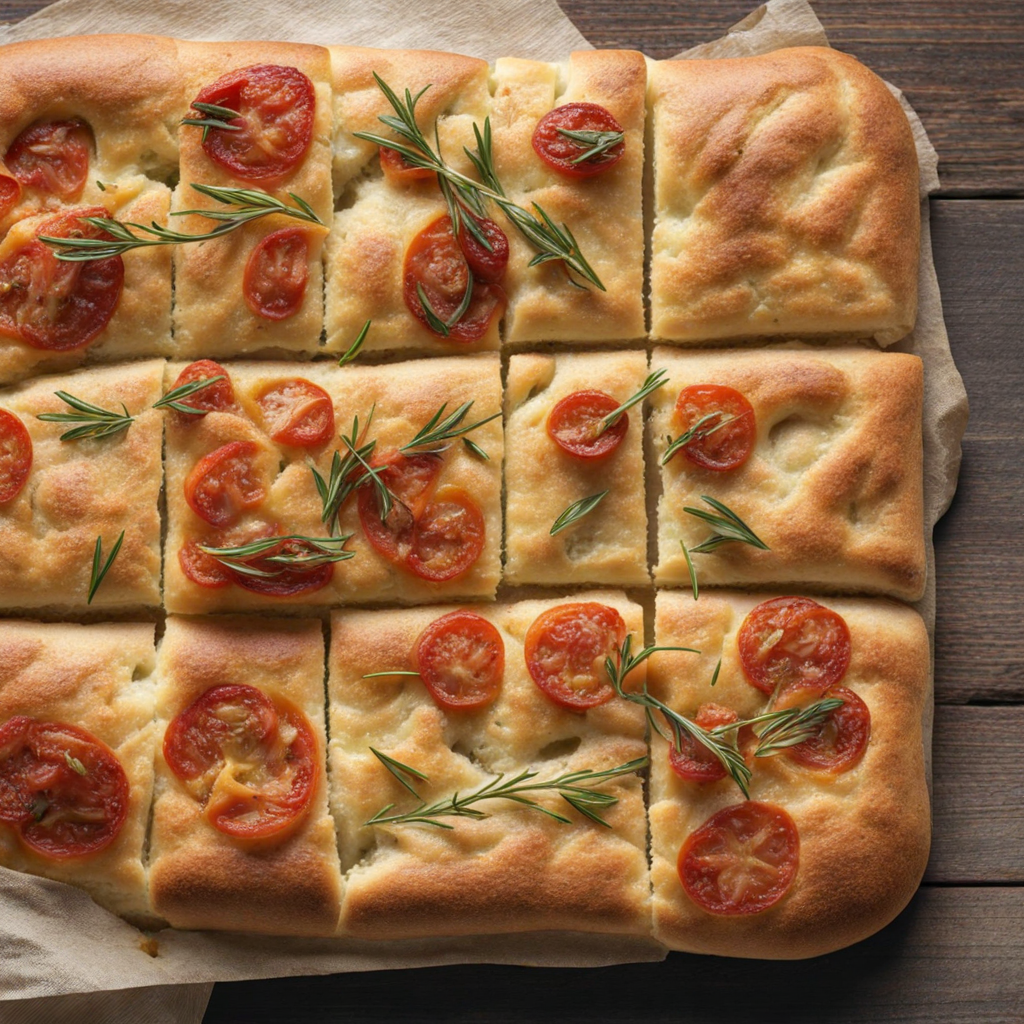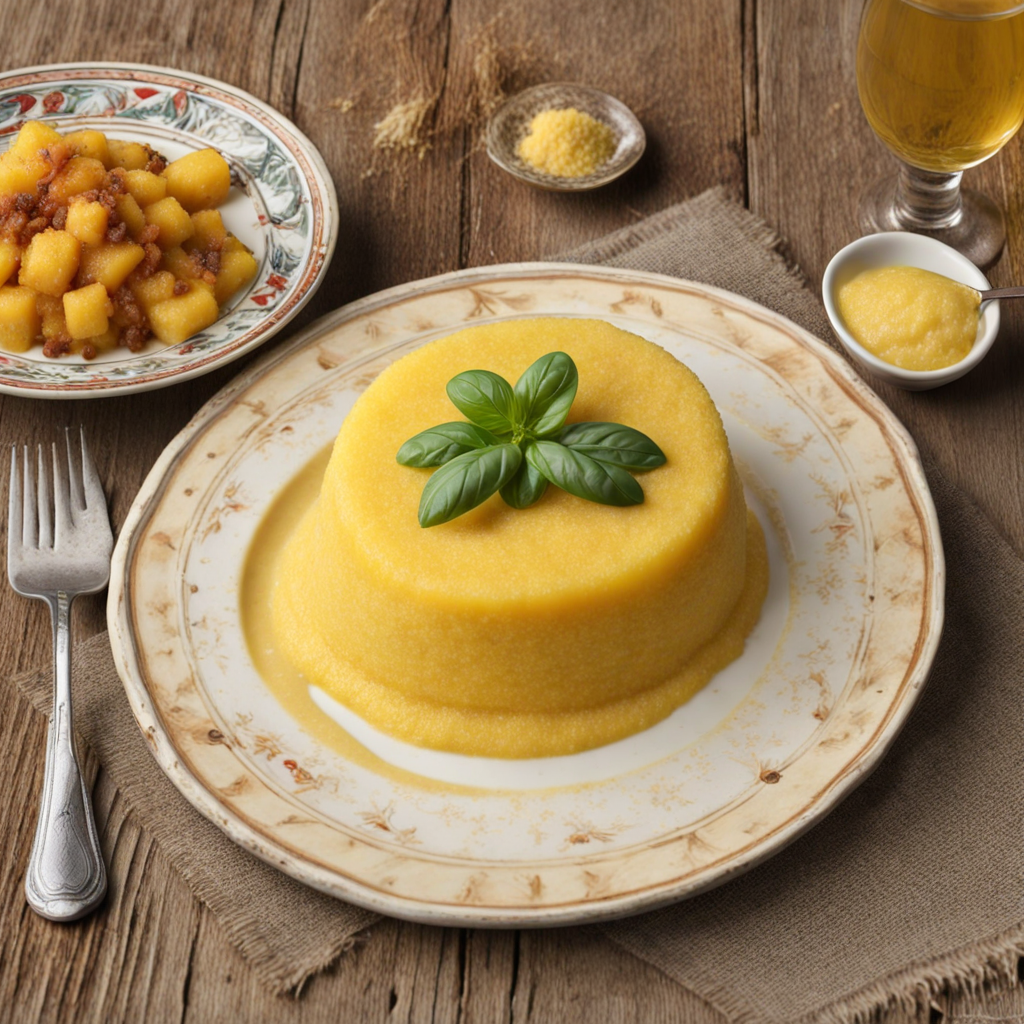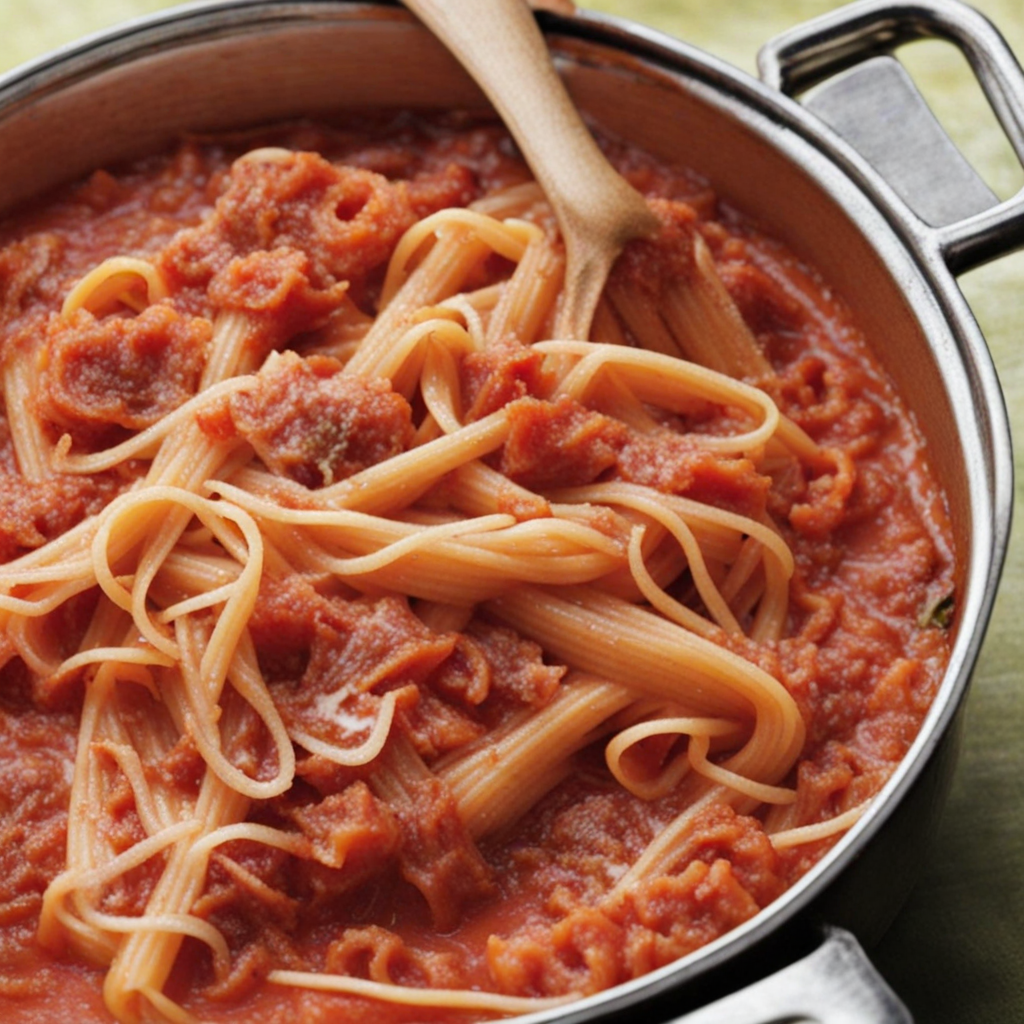Spaghetti aglio e olio
Spaghetti aglio e olio is a quintessential Italian dish that embodies simplicity and elegance, originating from the southern region of Campania, particularly Naples. Its history is rooted in the peasant cuisine of Italy, where cooks crafted meals using readily available and inexpensive ingredients. The dish has its origins dating back to the early 20th century, although variants of it may have existed even earlier. Traditionally, it was a meal prepared by workers who needed something quick and filling after a long day, reflecting the Italian ethos of using minimal ingredients to create something truly delightful. The flavor profile of spaghetti aglio e olio is both robust and subtle, highlighting the beauty of its few key ingredients. The dominant flavors come from the garlic, which is sautéed to a golden hue, releasing its aromatic oils and infusing the oil with a rich, savory essence. The addition of red pepper flakes introduces a gentle heat that enhances the overall dish without overpowering it. Olive oil, a staple in Italian cooking, serves as the base, providing a luscious mouthfeel and a fruity undertone. The finishing touch of fresh parsley adds a bright, herbaceous note, balancing the richness of the oil and the warmth of the garlic. Preparation of spaghetti aglio e olio is straightforward, making it an ideal dish for both novice cooks and seasoned chefs. The process begins by boiling spaghetti in salted water until al dente, which ensures the pasta retains a slight bite. While the pasta cooks, a generous amount of extra virgin
How It Became This Dish
Origins of Spaghetti Aglio e Olio Spaghetti aglio e olio, a quintessential dish of Italian cuisine, has its roots deeply embedded in the culinary traditions of Southern Italy, specifically in the region of Campania. This dish is a prime example of the Italian philosophy of using simple, high-quality ingredients to create flavorful meals. The primary components—spaghetti, garlic (aglio), and olive oil (olio)—are staples in Italian cooking, particularly in the Mediterranean diet, which emphasizes fresh, seasonal products. The dish is believed to have originated among the impoverished communities of Naples, where the availability of ingredients was limited. Garlic and olive oil were common in these households, and spaghetti, a product of durum wheat, was an accessible and inexpensive source of sustenance. Historically, this dish would have been prepared quickly, making it ideal for families who needed to feed a crowd on a budget while still enjoying a satisfying meal. \n\n Cultural Significance Spaghetti aglio e olio is not just a meal; it embodies the essence of Italian culture and the Mediterranean lifestyle. The dish is often associated with la dolce vita, or "the sweet life," a philosophy that celebrates the enjoyment of good food, good company, and a slower pace of life. In Italy, food is a communal experience, and dishes like spaghetti aglio e olio serve as a bridge that brings families and friends together around the dining table. The dish is especially popular in Naples, where it is often enjoyed as a late-night snack or a quick meal after social gatherings. In this context, it reflects the vibrant street food culture of the city, where vendors and home cooks alike serve up simple yet delicious fare that can be enjoyed on the go or at home. Its presence in Italian cuisine showcases the importance of regional cooking traditions and the emphasis on local ingredients. \n\n Ingredients and Preparation The beauty of spaghetti aglio e olio lies in its simplicity. Traditionally, the dish consists of just four ingredients: spaghetti, garlic, olive oil, and red pepper flakes. The garlic is sliced or minced and gently sautéed in extra virgin olive oil until it becomes fragrant but not browned, as overcooking can lead to bitterness. The addition of red pepper flakes adds a touch of heat, balancing the richness of the olive oil. The preparation of spaghetti aglio e olio is quick and straightforward, making it an ideal choice for busy weeknights or impromptu gatherings. However, the dish's simplicity belies its complexity of flavor. The quality of the ingredients plays a crucial role; for instance, using high-quality olive oil can elevate the dish significantly. Many Italian cooks will also add freshly chopped parsley or grated Parmigiano-Reggiano cheese, though these additions are not traditional and can vary based on personal preference. \n\n Regional Variations While spaghetti aglio e olio has its roots in Naples, it has inspired countless variations throughout Italy and beyond. Each region puts its own spin on this classic dish, incorporating local ingredients and flavors to create unique interpretations. For example, in the coastal regions of Italy, seafood might be added, transforming the dish into a more luxurious feast. Anchovies, for instance, can be included to deepen the umami flavor profile, while fresh herbs such as basil or parsley might garnish the plate, adding brightness. In more modern culinary contexts, chefs have experimented with the dish, incorporating elements like sun-dried tomatoes, olives, or even a splash of lemon juice to enhance the flavor. These adaptations reflect the evolving nature of Italian cuisine, where traditional dishes are respected but also reimagined to suit contemporary palates and dining preferences. \n\n International Popularity As Italian cuisine gained popularity worldwide in the 20th century, spaghetti aglio e olio became a beloved dish far beyond the borders of Italy. Italian immigrants carried their culinary traditions with them, introducing dishes like spaghetti aglio e olio to new audiences. In America, for example, Italian-American cuisine embraced this dish, often serving it as a staple in family restaurants and home kitchens alike. The dish's accessibility and ease of preparation have made it a favorite among home cooks, particularly in an era where quick, flavorful meals are increasingly sought after. Social media has also played a significant role in popularizing spaghetti aglio e olio, with countless food bloggers and influencers sharing their versions of the dish, often accompanied by stunning visuals that highlight its simplicity and elegance. \n\n Modern Culinary Scene Today, spaghetti aglio e olio is celebrated not only for its taste but also as a symbol of Italian culinary heritage. It frequently appears on restaurant menus, from casual trattorias to high-end establishments, where chefs often showcase their creativity while paying homage to the traditional recipe. The dish has also found its way into cooking classes and workshops, where aspiring chefs learn the fundamentals of Italian cooking, emphasizing the importance of quality ingredients and classic techniques. In addition to its status as a beloved dish, spaghetti aglio e olio serves as a reminder of the importance of food culture in fostering community and connection. In a world that often feels fast-paced and disconnected, the tradition of gathering around the table to share a simple meal can be a grounding experience, bringing people together in celebration of good food and shared stories. \n\n Conclusion Spaghetti aglio e olio remains a timeless classic, embodying the heart and soul of Italian cuisine. Its humble origins, cultural significance, and adaptability have allowed it to endure through generations, evolving while remaining true to its roots. As food continues to serve as a universal language, spaghetti aglio e olio stands as a delicious testament to the beauty of simplicity and the power of community, inviting all to savor the rich tapestry of flavors that this iconic dish offers.
You may like
Discover local flavors from Italy


